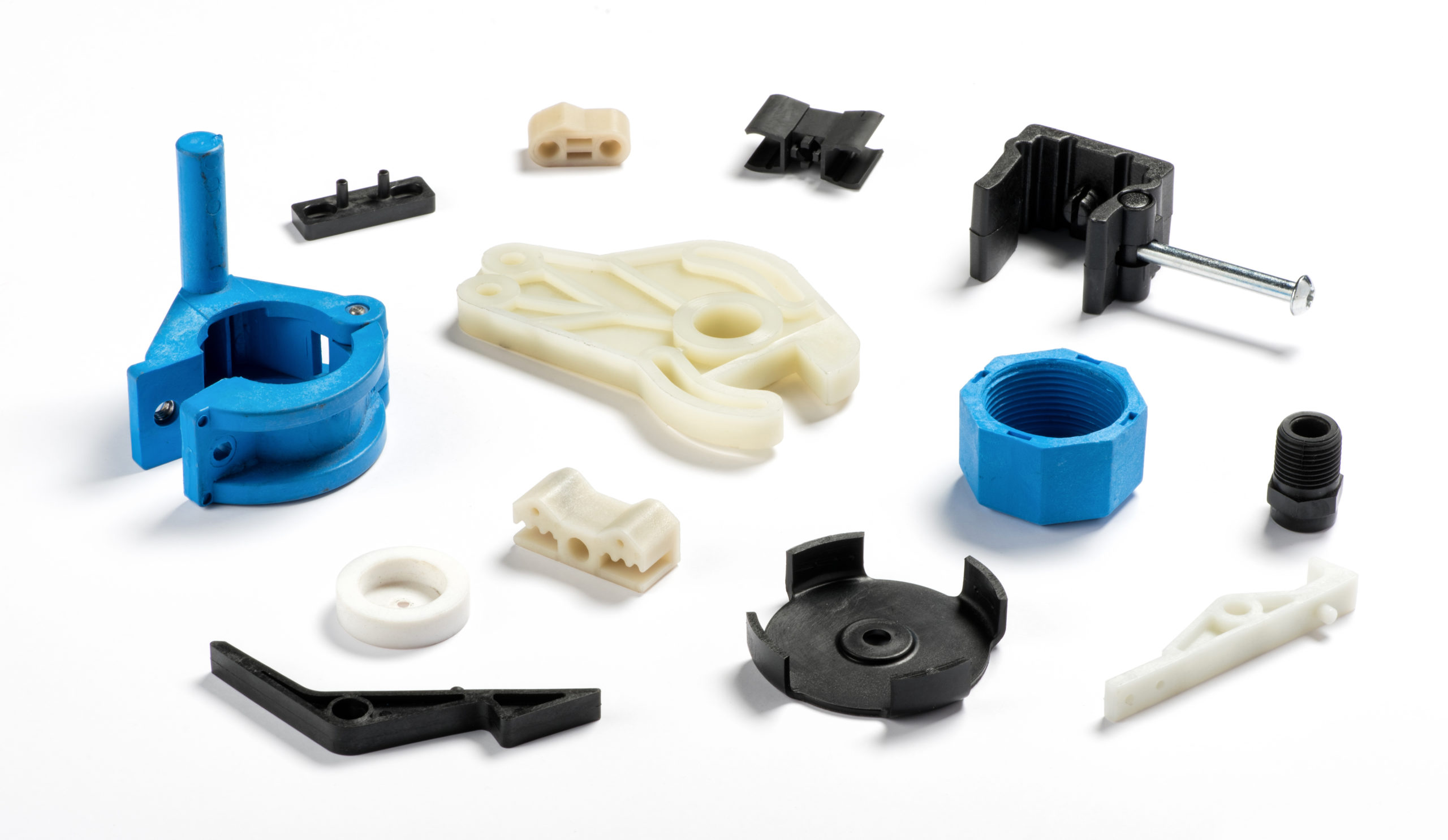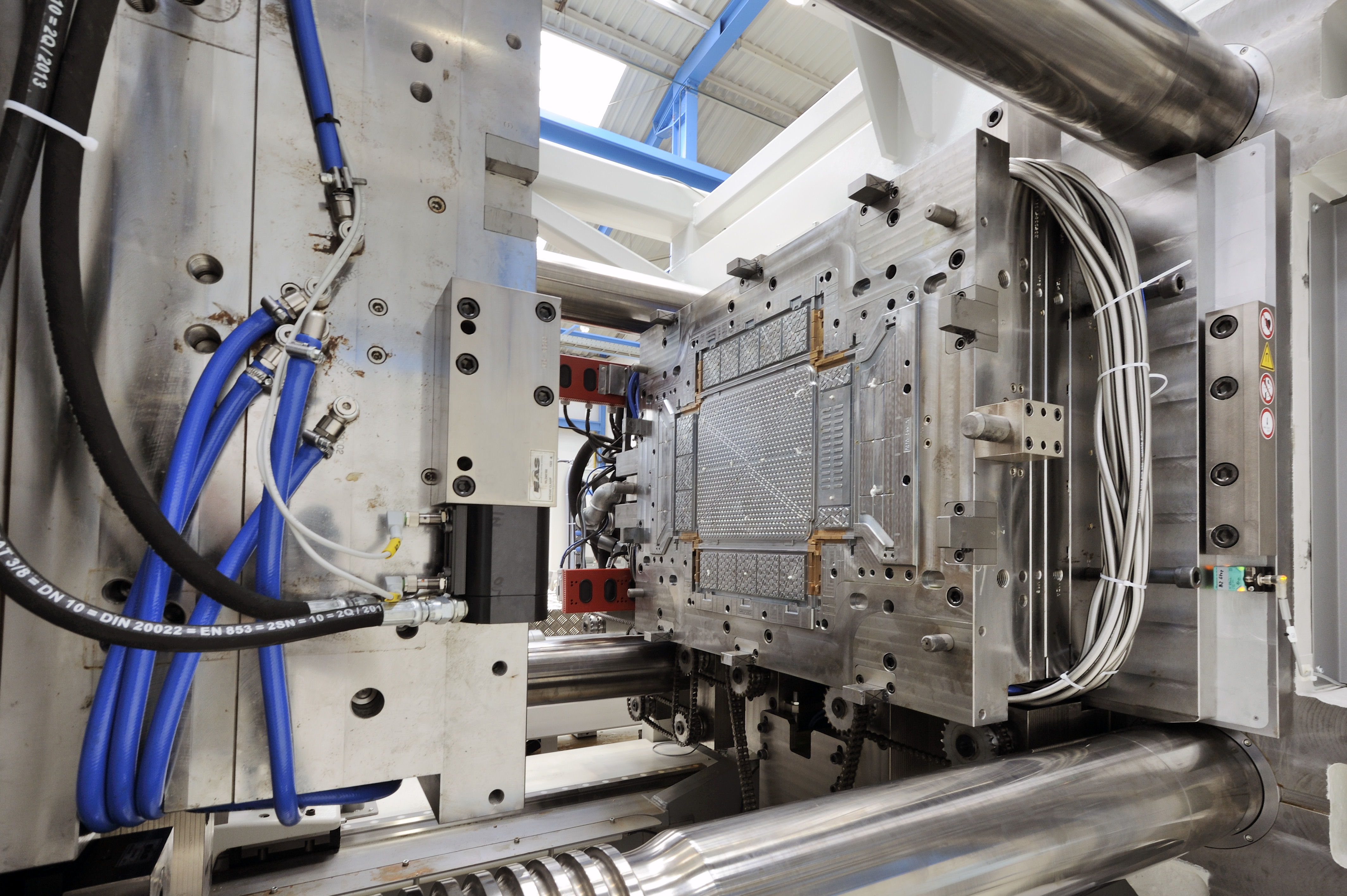The Future of Plastic Injection Molding: Technologies and patterns to See
As the plastic shot molding sector develops, several essential trends are emerging that assurance to reshape its landscape. Automation and clever manufacturing methods are set to boost performance, while the change towards sustainable products mirrors a growing environmental consciousness.
Automation and Smart Production
As the plastic injection molding sector develops, automation and wise manufacturing are taking center stage, reinventing manufacturing procedures - Plastic Injection Molding. The assimilation of advanced technologies such as robotics, IoT (Internet of Things), and expert system is allowing suppliers to enhance performance, lower operational expenses, and improve product high quality. Automated systems improve process, decreasing hand-operated intervention and increasing throughput, which is crucial in fulfilling the climbing need for fast manufacturing cycles
Smart making technologies assist in real-time tracking and data evaluation, enabling companies to maximize equipment efficiency and predict maintenance requirements. This aggressive approach not just reduces downtime yet likewise expands the life-span of devices. In addition, the use of collective robotics, or cobots, improves the adaptability of production lines, allowing devices and employees to operate side by side securely and successfully.
The adoption of automation in plastic injection molding is not just a pattern yet a strategic essential for companies intending to continue to be competitive in a worldwide market. By harnessing these modern technologies, manufacturers can achieve greater precision, reduce waste, and adapt swiftly to changing consumer needs, placing themselves for sustainable development in a significantly computerized future.
Sustainable Materials and Practices
The push in the direction of automation and wise production has actually led the means for a greater emphasis on sustainable materials and techniques within the plastic injection molding market. Business are progressively seeking environment-friendly options to standard petroleum-based plastics, leading to the fostering of bio-based and recycled materials. These lasting materials not only reduce environmental impact yet also straighten with customer need for greener items.

Additionally, partnership in between producers, material suppliers, and ecological organizations is fostering innovation in the advancement of lasting products that satisfy efficiency criteria without compromising top quality. As guidelines around plastic usage become stricter, the sector is poised to adjust by welcoming these lasting approaches, guaranteeing lasting viability and lowering reliance on non-renewable sources. The assimilation of sustainability into plastic injection molding is not merely a trend; it is ending up being an essential part of corporate duty and functional excellence.
Developments in 3D Printing
Current advancements in 3D printing technology are dramatically transforming the landscape of plastic injection molding. The combination of additive production procedures allows for the rapid prototyping of complex geometries that were when tough or difficult to attain via standard approaches - Plastic Injection Molding. This capability not only accelerates product advancement cycles yet additionally lowers product waste, aligning with the expanding demand for sustainable manufacturing practices
Moreover, the development of hybrid manufacturing strategies, which incorporate 3D printing and injection molding, uses manufacturers the ability to create detailed designs while preserving the efficiency of mass production. This strategy makes it possible for the production of customized parts tailored to details client needs without giving up the speed and scalability that shot molding offers.
Additionally, developments in products, such as high-performance polymers and compounds specifically developed for 3D printing, are improving the useful capabilities of published components. These materials can withstand greater anxiety and exhibit enhanced thermal buildings, making them ideal for more requiring applications.
As 3D printing remains to evolve, its combination into plastic injection molding processes guarantees to enhance productivity, minimize expenses, and foster development in product layout, placing manufacturers to much better satisfy the challenges of an open market.
Information Analytics and IoT Integration
Data analytics and the integration of the Web of Points (IoT) are revolutionizing plastic shot molding by giving makers with unmatched understandings into their procedures. By leveraging real-time data collected from interconnected machines and sensors, makers can keep an eye on performance metrics, identify inadequacies, and enhance production procedures. This data-driven method assists in anticipating maintenance, lowering downtime and extending tools life-span.
Moreover, IoT assimilation enables enhanced quality assurance. By continually tracking variables such as pressure, temperature, and cycle times, producers can quickly find inconsistencies from developed parameters and make adjustments in actual time. This not only enhances product consistency however likewise lowers waste and scrap prices.
The combination of information why not check here analytics and IoT technologies also empowers producers to adopt even more agile production strategies. With accessibility to detailed data check this site out analytics, organizations can reply to market needs with better flexibility, readjusting production timetables and configurations as required. This versatility is essential in a swiftly changing production landscape.

Modification and Style Flexibility
How can modification and style flexibility enhance the competitiveness of plastic injection molding? In an increasingly varied market, the ability to provide tailored options is extremely important. Personalization allows makers to fulfill specific client demands, fitting special dimensions, forms, and functionalities that common items might not meet. This adaptability not just promotes customer loyalty however likewise opens methods for new company possibilities throughout various sectors, from automotive to durable goods.
Developments in layout innovations, such as computer-aided style (CAD) and rapid prototyping, further strengthen this trend. These tools allow designers to develop intricate patterns and complicated geometries, which can be effortlessly incorporated into the production procedure. Consequently, makers can respond quickly to changing customer preferences and market needs.
Furthermore, the implementation of modular tooling systems enhances style versatility, webpage permitting quicker modifications between different item designs without considerable downtime. This versatility can cause reduced preparations and reduced production costs, making firms much more competitive and active. Inevitably, accepting personalization and layout flexibility in plastic injection molding not just elevates product offerings but also reinforces market positioning in an ever-evolving landscape.
Final Thought
The future of plastic injection molding is characterized by substantial advancements in automation, sustainable techniques, and ingenious products. The integration of IoT and data analytics will improve operational effectiveness and anticipating upkeep. The adoption of bio-based and recycled products, together with development in 3D printing, will foster sustainability within the market. Personalization via modular tooling and rapid prototyping will make it possible for manufacturers to stay responsive and competitive to the dynamic needs of the market.

The future of plastic shot molding is identified by significant improvements in automation, sustainable techniques, and innovative materials.